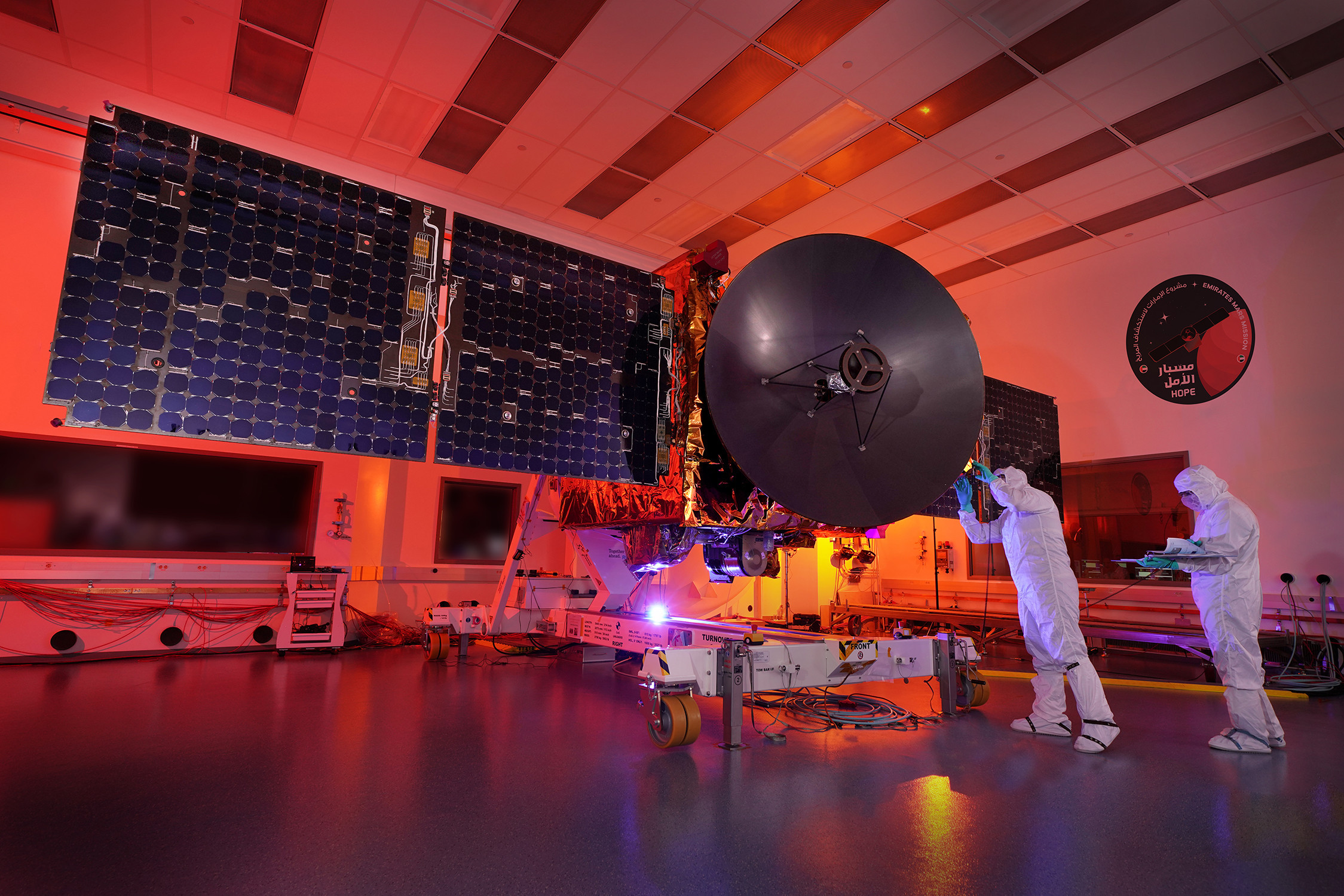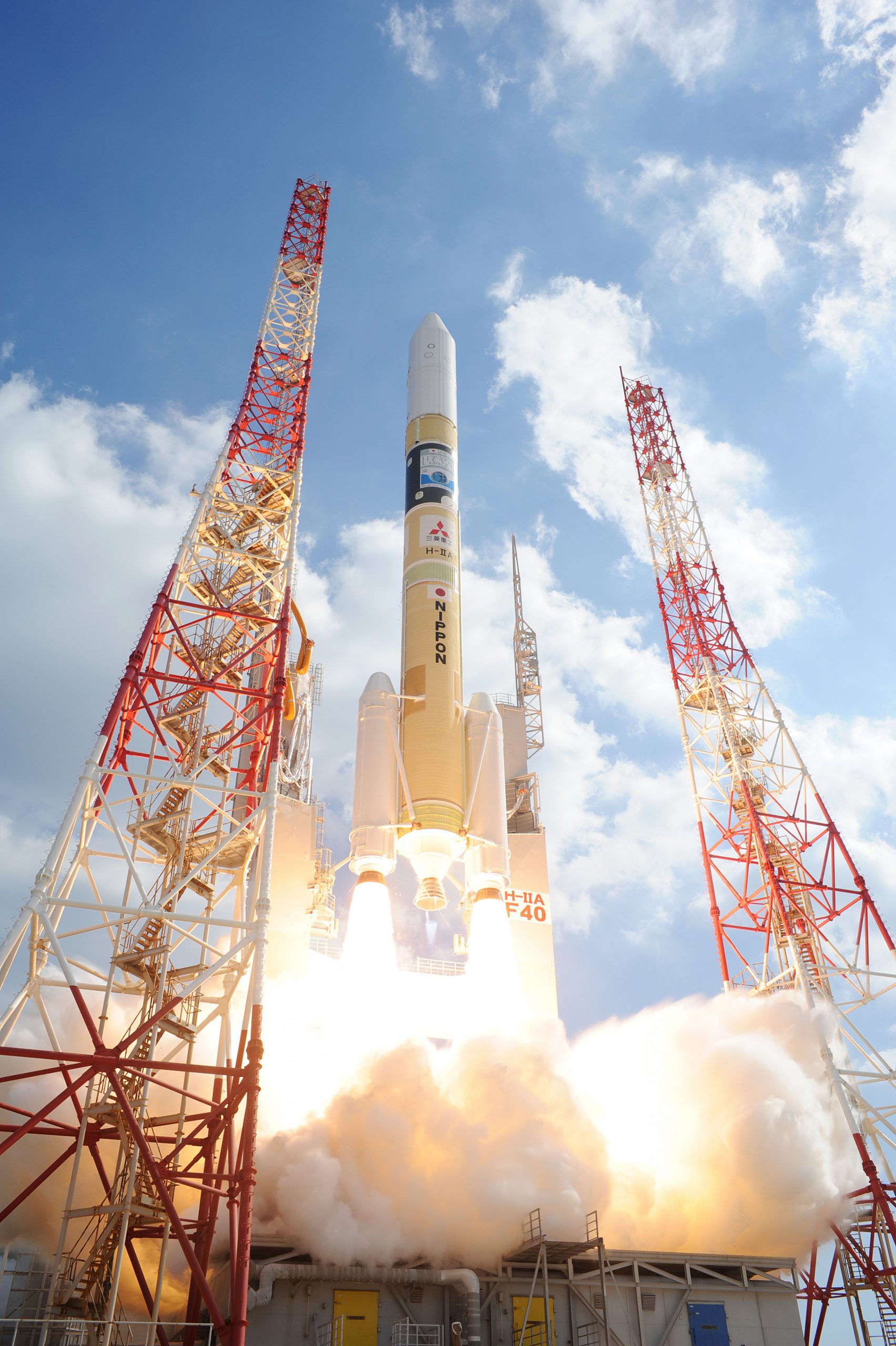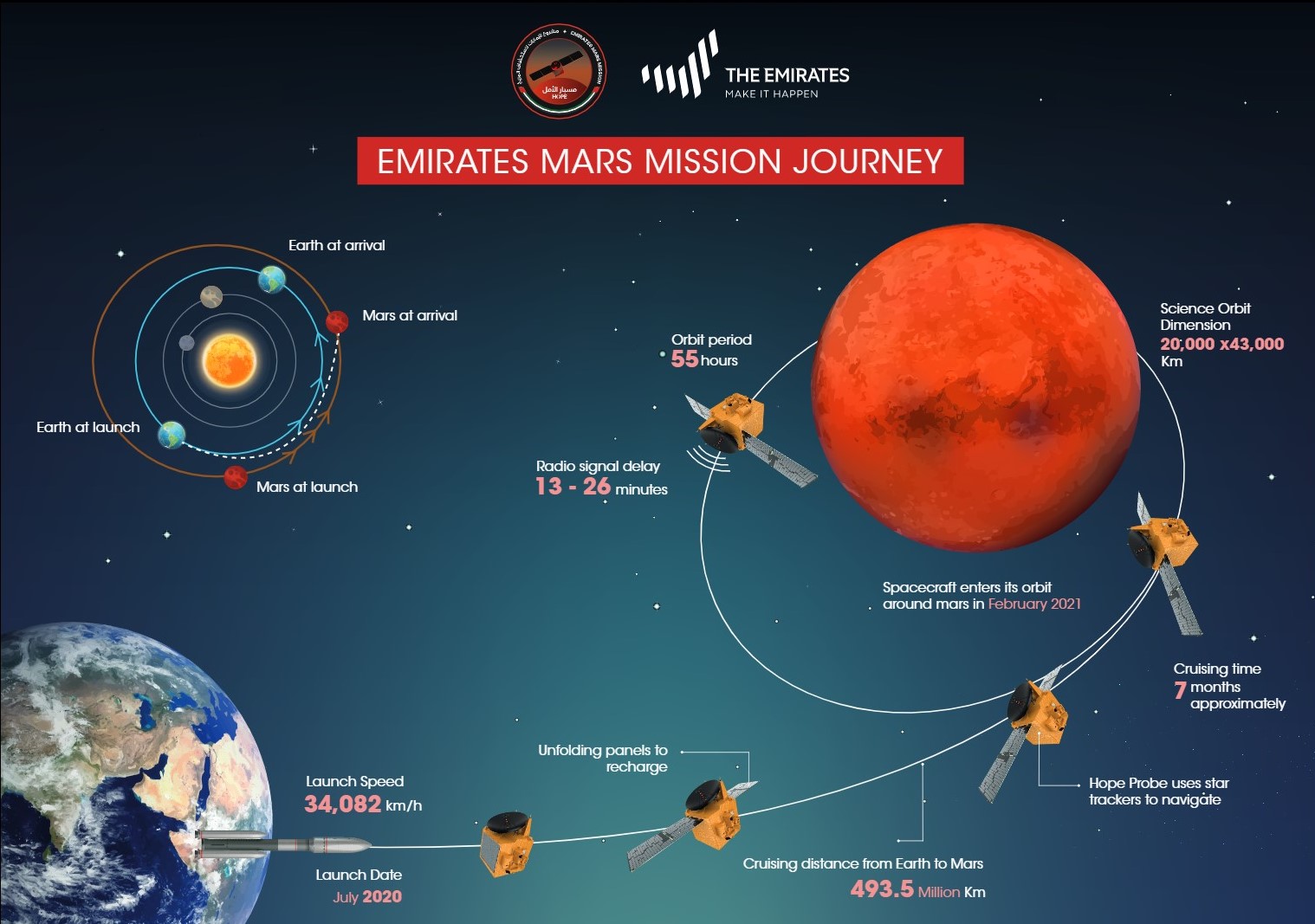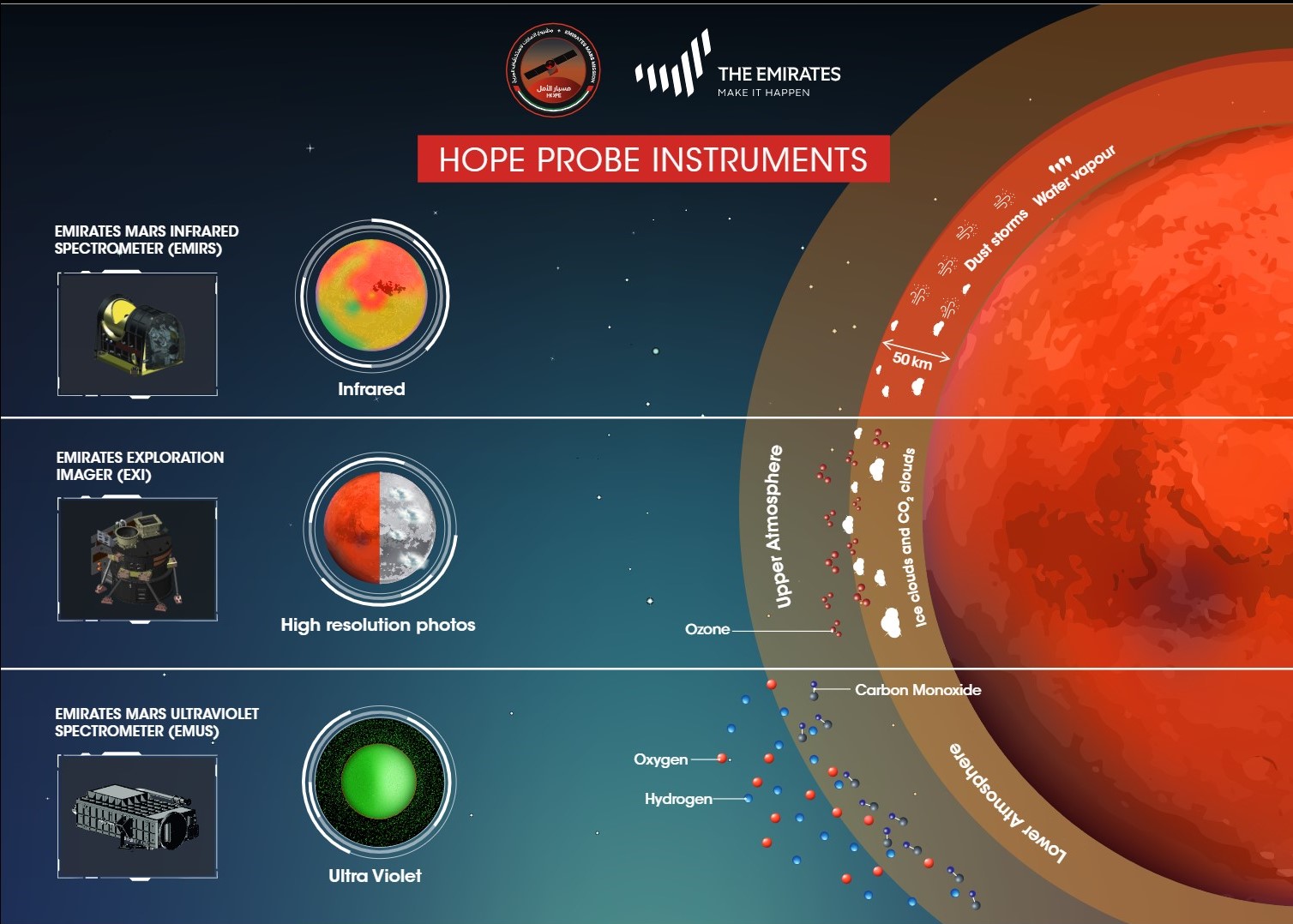On 2 December 1971, the Soviet Union’s Mars 3 spacecraft carried out the first successful landing on the surface of Mars. And on that same day, millions of miles away back on Earth, one of the newest space-faring nations – the United Arab Emirates (UAE) – was born. Now, almost half a century on, the UAE is about to launch its own spacecraft to Mars. It is called Hope.

The name is not a wishful expression, although all space missions require faith that they will reach their destination. Rather, Hope is a signal of optimism to young people in the Emirates and beyond of what can be achieved when people come together and work on a scientific challenge.

Hope is set to launch from Japan’s Tanegashima spaceport on 15 July 2020 and will spend over six months making the 60-million-kilometre journey to Mars. It will then start to orbit the planet to study its atmosphere.

The main scientific objective for Hope is to find out more about Mars’ climate and how it has changed over billions of years; Mars used to be wet, like Earth, so where did the water go?
By focusing on the planet’s atmosphere Hope’s three scientific instruments aim to tell us more about how the once thick and moist atmospheric layer has degraded into the thin and dry condition it is in today.

There seems to be something about Mars that draws the human spirit. We have peered at it for millennia, puzzled over its wandering path in the heavens, assigned it mythical status and even worshipped it as a deity. More recently we have speculated on life forms that might dwell there – intelligent and advanced or microscopic and primitive. So far, for better or worse, there is no firm evidence that life has ever existed there.
Over the years, our robotic emissaries have flown past the planet, dropped into orbits around it – as Hope will – landed on the surface, and even driven around on it. In 2021, China’s Tianwen-1 aims to put a rover on the red planet’s surface and a satellite into orbit and NASA plans to deposit a rover on Mars along with a small helicopter to explore the planet’s tenuous atmosphere.
Our world is truly visiting another and it is an international endeavour as Hope’s scientists have been working with colleagues in the United States and with engineers in Japan. Space is a unifier, showing how collaboration and team effort can achieve great things. As astronauts and cosmonauts say when looking down on Earth from the International Space Station, ‘There are no borders visible from space.’
Join the conversation in an Emirates Society discussion on June 8, 2020, about how and why the UAE is sending a spacecraft to Mars. Featuring Sir Ian Blatchford, Director of the Science Museum Group and Sarah Al Amiri, Minister of State for Advanced Sciences.
